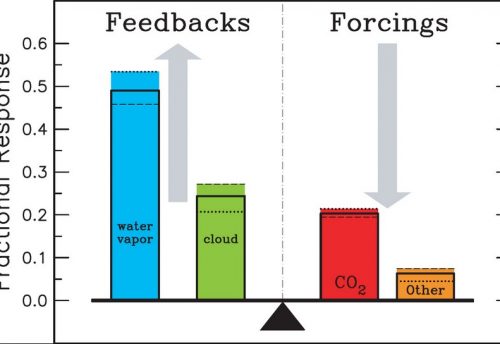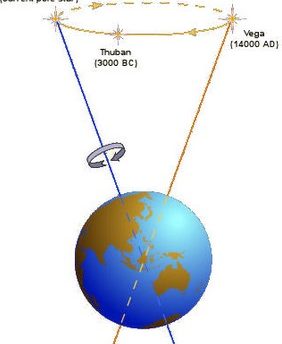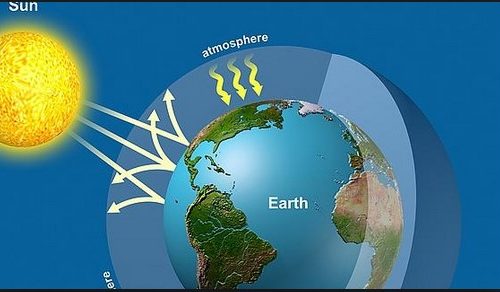
In the last section, it was recognised that although a good case for linking the enhanced greenhouse effect to global warming could be proposed, a high degree of confidence could not be attached to such a cause-and-effect relationship from studies of a single variable (surface temperature). Linking cause and effect is referred to as attribution. Confidence in the attribution is increased as model predictions of changes in various components of the climate system are borne out by the observed data in more and more detail. This method is known as the fingerprint approach; namely, identification of an observed signal that has a structure unique to the predicted enhanced greenhouse effect (Madden & Ramanathan, 1980). It was noted that the use of global-mean surface temperature as a fingerprint variable does not permit attribution.
The fingerprint method is essentially a form of model validation (see section 4.5), where the perturbation experiment that is being used to test the models is the currently uncontrolled emissions of greenhouse gases into the atmosphere. In addition to global-mean surface temperature, there are a number of other fingerprint variables that can be used. In choosing them, three issues must be considered:
1) the signal-to-noise ratio – should be maximised;
2) uncertainties in both the predicted signal and the noise – these should be minimised, and;
3) the availability of suitable observational data.




Leave a Reply